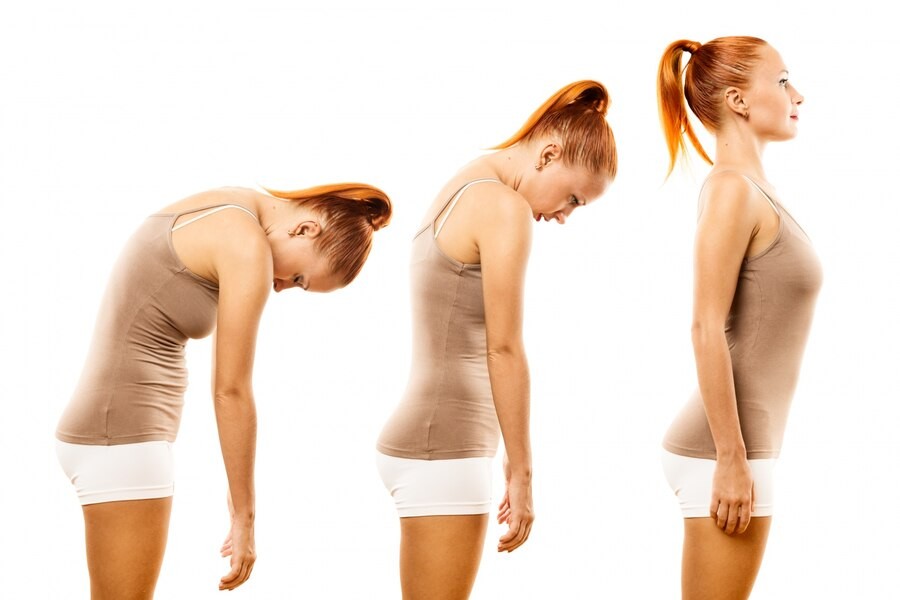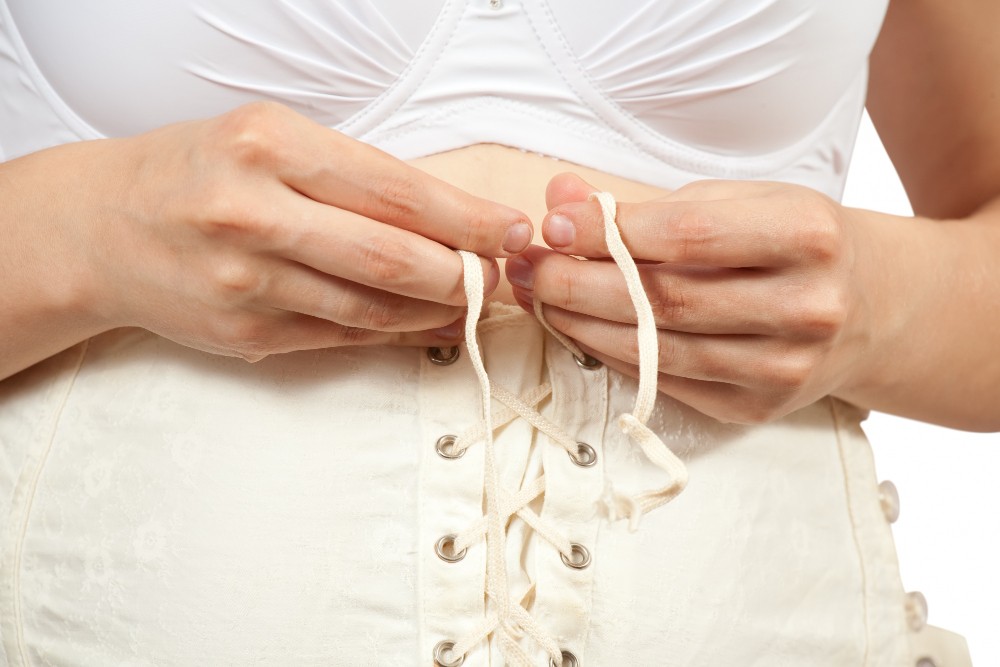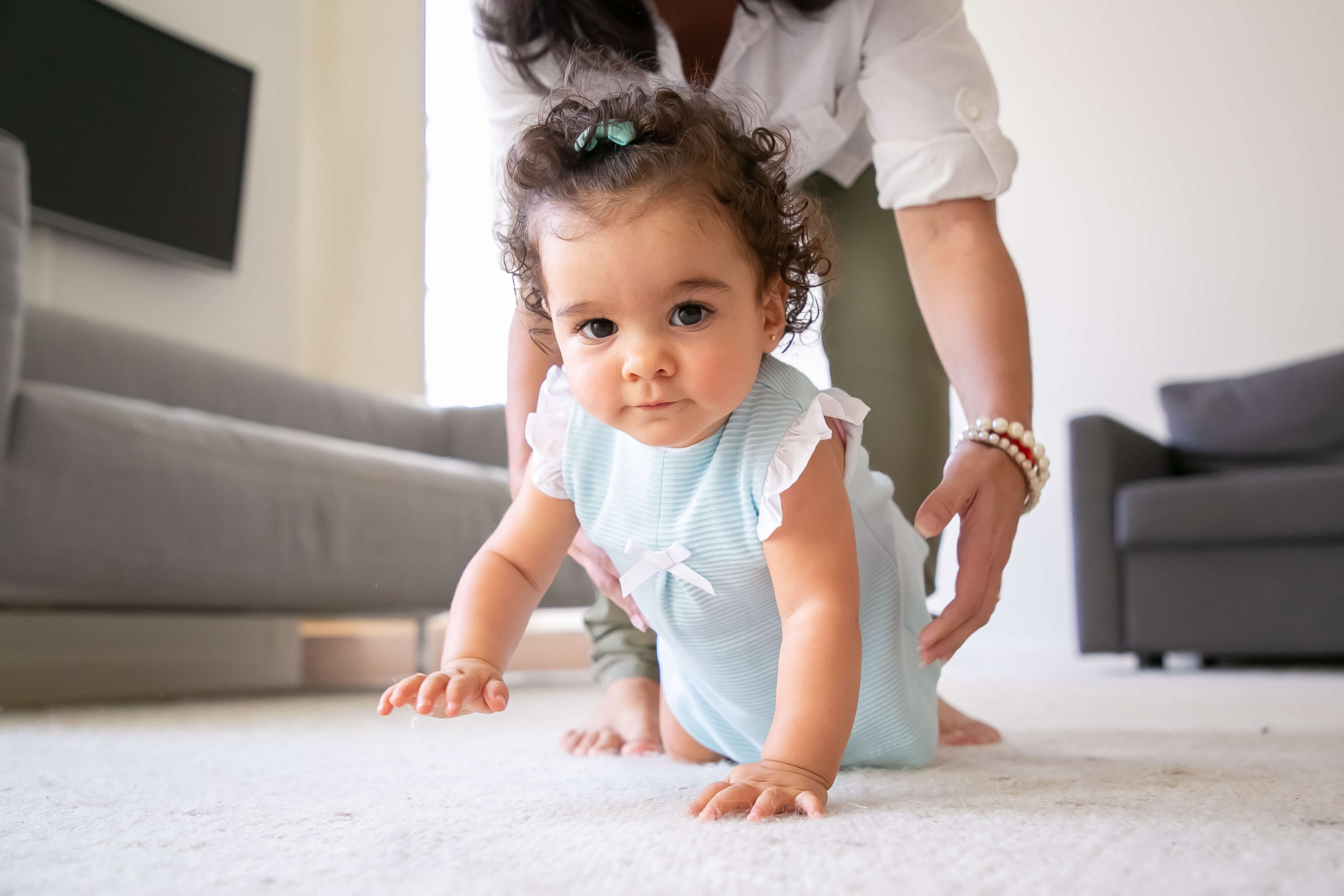The W-sitting position is when a child sits with his knees bent and feet next to his pelvis to form the letter W from above. Children may find this sitting position comfortable and stable when playing or doing activities.
Nevertheless, the W sitting position might have adverse effects on a child's development, particularly when practiced consistently.
What are the negative effects of the W-sitting position?
Children who have developed the W-sitting position into a habitual practice may experience complications with their posture and movement. A number of issues may result from the practice of sitting in the W position, including the following:
Postural concerns
The act of sitting in the W position might lead to muscle and bone imbalances in children. Consequently, an imbalanced body posture can occur as a result of this.
Orthopedic disorders
Sitting in the W position may increase the risk of orthopedic issues in children, including abnormalities of the bones and joints.
Anterior ligament damage
The W sitting position might impact the anterior ligaments, which play a crucial role in providing support to the joints. Disruption of this ligament results in impaired stability and mobility.
Back pain
The W sitting position can lead to excessive pressure on the spine and back muscles. This can lead to back pain.
Developmental disorders
Repetitive exposure to the W-sitting position could delay the development of their balance and motor skills.
Hip muscle weakness
The W sitting position can result in hip muscular weakening, resulting in body imbalance and instability.
Weak trunk and core muscles
Sitting in the W position decreases core muscular activity, which is crucial for body balance and stability.
Improper postural control
Children who spend much of their time sitting in a W shape could struggle to maintain proper posture when they stand up and walk.
Rigid hamstrings
The W sitting position induces muscular tension and rigidity in the surrounding hamstring muscles, thus impacting the child's flexibility and comfort.
What to do when your child sits in the W position
For parents, if your child often sits in the "W" position, here are a few steps you should take:
- Observe your child's sitting habits and guide them to adopt the appropriate sitting position
- Offer alternative, more comfortable seating positions, such as chair use or knee-bent sitting
- Children engage in physical activities, such as swimming, cycling, or other exercises recommended by a doctor, to enhance the strength of their core and hip muscles
- Help your child sit properly by providing a supportive environment. Use chairs or furniture that are suitable for the child's height.
If you have concerns about your child's sitting position or observe problems with their posture, you can either visit a doctor or make use of the consultation features that are available in the Ai Care application by downloading the Ai Care application from the App Store or Play Store.
Looking for more information about pregnancy, breastfeeding, and the health of women and children? Click here!
- dr. Monica Salim
Ashley Marcin (2019). W-Sitting: Is It Really a Problem?. Available from: https://www.healthline.com/health/baby/w-sitting
WebMD (2024). What to Know About W-Sitting in Children. Available from: https://www.webmd.com/children/what-to-know-about-w-sitting-in-children
Cait Parr, PT, DPT (2020). The 101 on W Sitting Position. Available from: https://napacenter.org/w-sitting/
Nationwide Children's (2020). Poor Posture: Fixing It Before It Becomes a Problem. Available from: https://www.nationwidechildrens.org/family-resources-education/700childrens/2020/06/poor-posture-fixing-it-before-it-becomes-a-problem
HSS (2020). Six Healthy Posture Tips for Kids: Home-School Edition. Available from: https://www.hss.edu/article_sitting-posture-for-kids.asp











